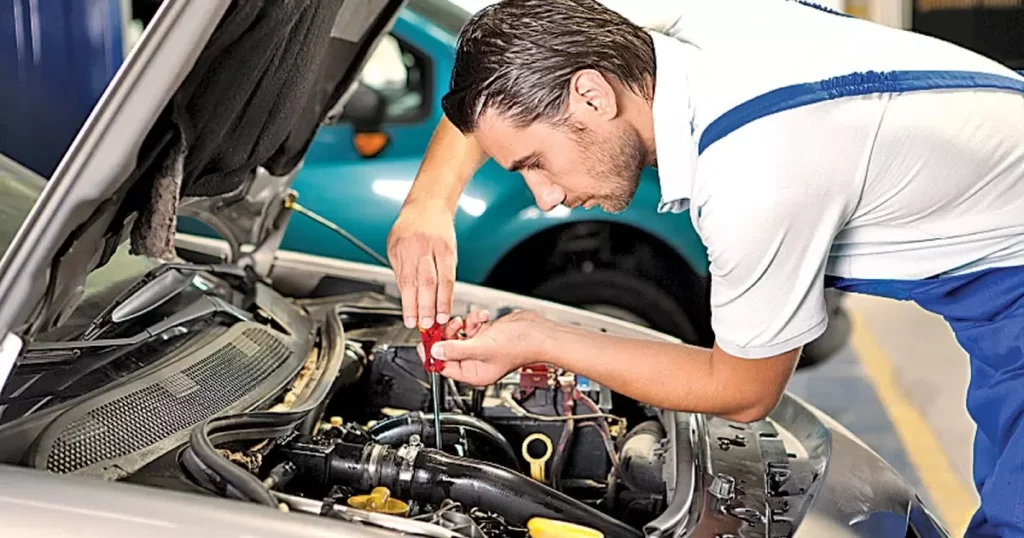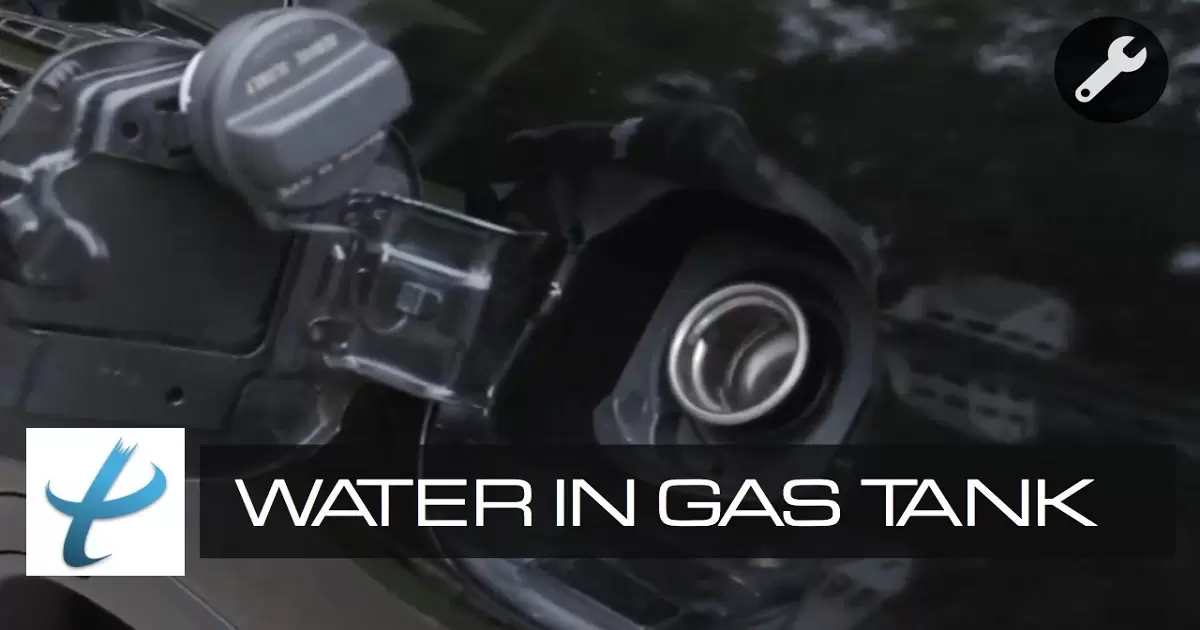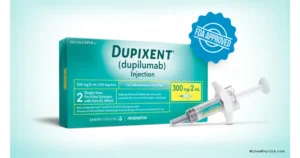Removing water from a gas tank involves extracting unwanted water that has accumulated in the fuel storage of a vehicle. This process is crucial because water in the gas tank can lead to various engine problems. The goal is to ensure that only pure gasoline reaches the engine for optimal performance.
Ever wondered why your car might be sputtering or performing poorly? The culprit could be something as simple as water in your gas tank. But how do you tackle this issue? Let’s dive into the essentials of “how to remove water from a gas tank?”
Water can enter a gas tank through condensation or contaminated fuel. This can cause engine misfires, corrosion, and reduced efficiency. The process of removing water involves using special additives or draining the tank. It’s a vital maintenance task to keep your vehicle running smoothly.
Introduction: Navigating the Challenges of Water in Your Gas Tank
The Unseen Culprit: Understanding How Water Invades Your Vehicle’s Fuel System
In the intricate world of automotive maintenance, few issues are as deceptive yet detrimental as the presence of water in a gas tank. This seemingly minor inconvenience can spiral into a significant headache for vehicle owners, impacting engine performance and longevity.
In this comprehensive guide, we delve into the causes, risks, and effective solutions for removing water from your gas tank, ensuring your vehicle remains in optimal condition.
The Genesis of the Problem: How Water Enters and Affects Your Gas Tank
Water can find its way into a gas tank through various avenues – from condensation due to temperature fluctuations to contaminated fuel sources. Its presence in the fuel system disrupts the delicate balance required for smooth engine operation. Understanding this interplay is crucial in diagnosing and addressing the issue effectively.
| Source of Water Entry | Description | Impact on Gas Tank and Engine |
| Condensation | Occurs due to temperature changes, especially in partially empty tanks | Gradual water entry, potentially leads to rust and damage to the fuel system |
| Contaminated Fuel | Water present in the fuel at the time of purchase | Direct introduction of water into the system, leading to immediate engine performance issues |
| Leaks or Poor Sealing | Faulty gas caps or tank leaks allow external moisture in | Gradual water entry potentially leads to rust and damage to the fuel system |
Setting the Stage for Efficient Resolution
Our journey through this guide aims to arm you with knowledge and practical steps. Whether you’re a seasoned car enthusiast or a casual driver, grasping the fundamentals of water contamination in fuel systems is pivotal. By the end of this exploration, you’ll be equipped not just with the tools to resolve the current issue but also with the foresight to prevent future occurrences.
The Essence of the Issue: What Does Water in Your Gas Tank Mean?
Water in the gas tank, a phrase that often sounds innocuous, holds significant implications for vehicle health and performance. At its core, it refers to the presence of water mixed with the gasoline in your vehicle’s fuel system. This mixture can lead to a range of problems, from minor engine hiccups to severe damage.
The Science Behind the Concern
Gasoline is a hydrophobic liquid, meaning it repels water. When water enters the gas tank, it does not mix with the fuel. Instead, it tends to settle at the bottom of the tank because it is denser than gasoline. This separation can lead to water being drawn into the engine’s fuel intake, disrupting the combustion process that powers the vehicle.
The Ripple Effect: How Does Water Affect Your Engine?
The presence of water in the engine can lead to several issues:
- Engine Misfires and Rough Idling: Water in the fuel disrupts the engine’s combustion cycle, leading to misfires and uneven idling.
- Corrosion: Water can cause rust and corrosion in the fuel system, including the gas tank and fuel lines.
- Reduced Fuel Efficiency: The engine struggles to burn fuel efficiently, leading to higher fuel consumption.
- Potential Long-term Damage: Prolonged exposure to water can damage engine components and lead to costly repairs.
The Pathway of Water into Your Gas Tank
Understanding how water gets into the gas tank is essential for prevention and treatment. The most common pathways include:
- Condensation: Temperature changes can cause moisture to condense inside the tank, especially when it’s partially empty.
- Contaminated Fuel: Sometimes, the fuel you purchase might already contain water.
- Leaks or Poor Sealing: A damaged gas cap or leaks in the fuel system can allow water to seep in.
The Comprehensive Guide to Removing Water from Your Gas Tank
Step-by-Step Process for Water Removal
Removing water from your gas tank is crucial for maintaining your vehicle’s health and performance. Here’s a detailed approach to tackling this issue:
- Diagnosing the Problem: First, confirm the presence of water in your gas tank. Symptoms may include engine sputtering, misfires, or starting issues. A mechanic can help diagnose this accurately.
- Using Water-Dispersant Additives: For minor water contamination, additives can be a quick solution. These products mix with water and help it pass through the engine harmlessly. However, they are not a fix for large amounts of water.
- Draining the Gas Tank (For Severe Cases):
- Safety Precautions: Work in a well-ventilated area, away from any potential sources of sparks or flames. Disconnect the vehicle’s battery to prevent electrical hazards.
- Drain the Tank: Locate the tank’s drain plug or use a siphon pump to remove the fuel-water mixture. Dispose of this mixture properly, following local regulations.
- Cleaning the Tank: After draining, it’s essential to clean the tank to remove any residual moisture.
- Replacing Fuel Filters: Water can damage fuel filters, so it’s advisable to replace them after dealing with water contamination.
- Refueling and Testing: Once the tank is cleaned and refueled with fresh gasoline, test your vehicle. Look for any signs of performance issues.
Preventative Measures: Keeping Water at Bay
Prevention is always better than cure. Here are some tips to avoid water contamination in the future:
- Regularly Check and Tighten the Gas Cap: A loose or damaged gas cap can allow moisture to enter.
- Avoid Half-Empty Tanks in Cold Weather: This reduces the risk of condensation.
- Choose Reliable Fuel Sources: Poor-quality fuel can contain water.
The Role of Professional Assistance
While minor issues can be addressed personally, professional help is recommended for severe cases. Mechanics have the expertise and equipment to handle complex situations safely and efficiently.
The Bigger Picture: Vehicle Maintenance and Care

Regular maintenance checks can help identify and prevent issues like water contamination. A holistic approach to vehicle care ensures not only the longevity of your car but also your safety on the road.
Concluding Thoughts on Water Removal from Gas Tanks
Removing water from your gas tank is more than a mere maintenance task; it’s a crucial step in preserving your vehicle’s health and performance. This guide has walked you through the intricacies of diagnosing, addressing, and preventing water contamination in your fuel system.
Recap of the Essential Steps
- Diagnose the Problem: Recognize the symptoms of water in the gas tank.
- Use Water-Dispersant Additives for Minor Issues: These can help in cases of minimal water contamination.
- Drain and Clean the Tank for Major Contamination: This involves safety precautions, draining the fuel, cleaning the tank, and replacing fuel filters.
- Refuel and Test Your Vehicle: Ensure that the issue is resolved.
- Implement Preventative Measures: Regular checks, using reliable fuel sources, and maintaining a full tank can prevent future issues.
The Importance of Professional Assistance
While DIY methods work for minor issues, professional help is crucial for severe cases, ensuring safety and effectiveness.
Embracing Proactive Vehicle Maintenance
Regular maintenance is key. It not only prevents issues like water contamination but also extends the lifespan and efficiency of your vehicle.
FAQs: Addressing Common Queries
Q: How can I tell if there’s water in my gas tank?
A: Common signs include engine misfires, rough idling, and starting problems. A mechanic can provide a definitive diagnosis.
Q: Can I drive my car if I suspect there’s water in the gas tank?
A: It’s best to address the issue immediately. Driving with water in the fuel can lead to more severe engine damage.
Q: Are water-dispersant additives always effective?
A: They can be helpful for small amounts of water, but they’re not a solution for large quantities.
Q: How often should I check for water in my gas tank?
A: Regular vehicle maintenance, including fuel system checks, is recommended. However, if you experience symptoms of water contamination, check immediately.
conclusion
Addressing the issue of water in your gas tank is crucial for a smooth-running vehicle. By understanding the causes, solutions, and preventive measures, you can ensure your car remains efficient and reliable. Remember, proactive care is the best strategy for a long-lasting and healthy vehicle.








